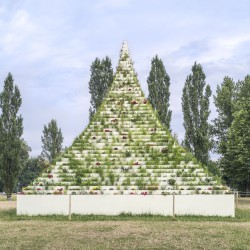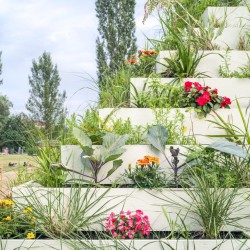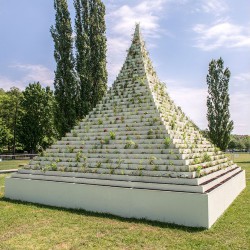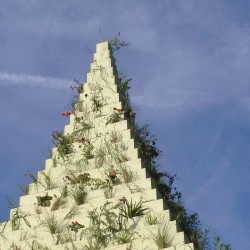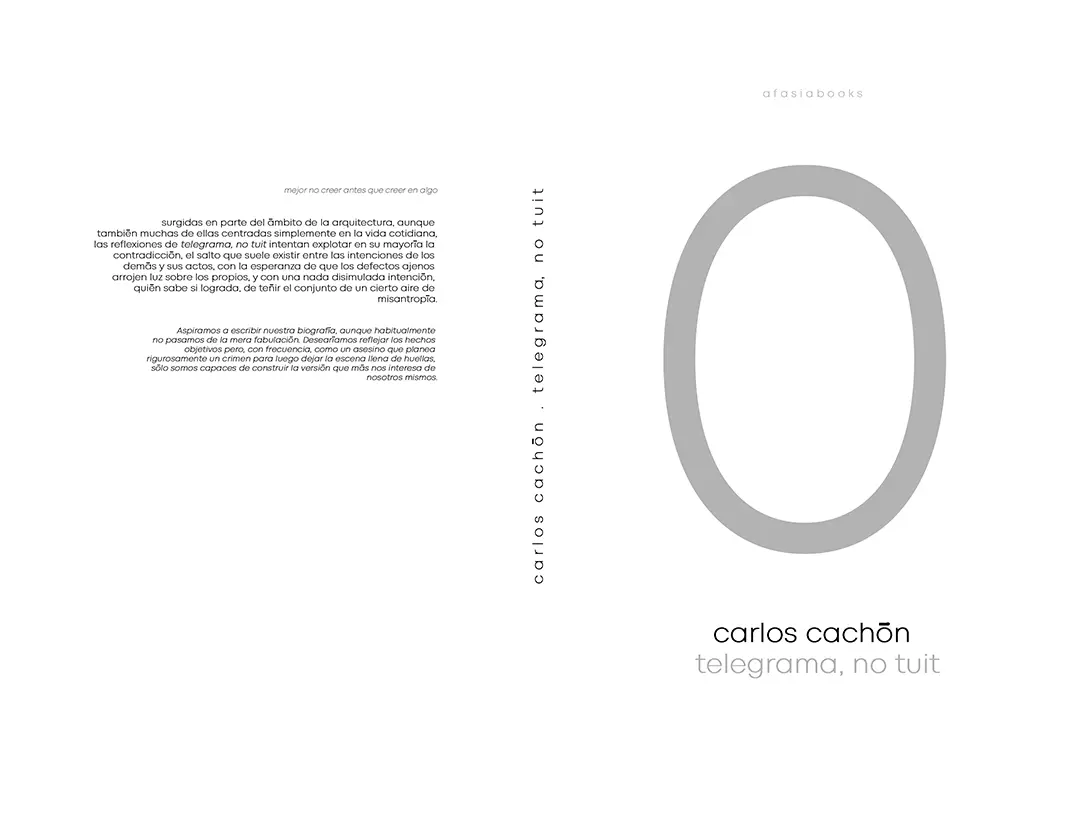The pyramids are part of Denes’s larger visual philosophy, one that collectively uncovers invisible systems and reveals ambiguities and analogies between different forms in nature. It also offers a means to better understand ourselves, as for Denes, nature is often a stand-in for humanity. This relationship was evoked in Wheatfield – A Confrontation, a six-month project in 1982, where two acres of New York’s Battery Park landfill were cleared by hand and planted with wheat. The grain stalks ripening under the shadows of the then-standing World Trade Center towers became a sign for the paradoxical effects of globalization: how increased trade and capital flows produce drastic inequities. The harvested seeds from Wheatfield were later distributed through networks worldwide as a way to draw attention to food crises. As Denes reflects on the work, the seeds were more than utilitarian: “they represented misuse of land, greed, and misplaced priorities.”
Candice Hopkins
_
0
Agnes Denes
The Living Pyramid . 2015/2017


